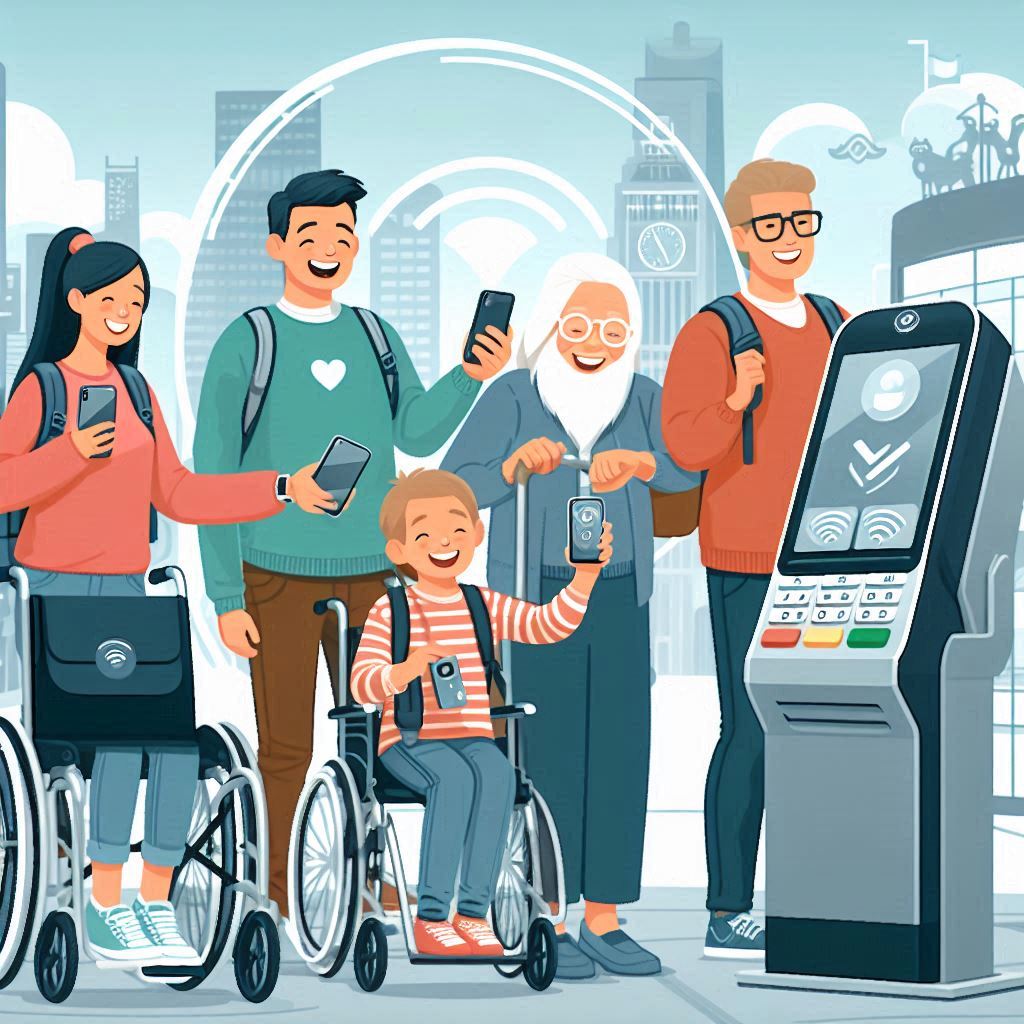The COVID-19 pandemic has accelerated many technological trends, with contactless payments emerging as a key player in the evolving financial landscape. As the world navigates the post-pandemic era, the future of contactless payments is poised to transform the way we conduct transactions. This article explores the enduring impact of contactless payments, examining the benefits, innovations, and future trends that will shape the payment ecosystem beyond COVID-19.
The Rise of Contactless Payments
Pandemic-Driven Adoption
The pandemic catalyzed the adoption of contactless payments as consumers and businesses sought safer, more hygienic ways to conduct transactions. Fear of virus transmission through physical cash and payment terminals led to a surge in the use of contactless cards, mobile wallets, and QR codes. According to a report by Visa, contactless transactions in the U.S. grew by 150% in 2020, a clear indicator of the shift in consumer behavior.
Consumer Preferences
The convenience, speed, and safety of contactless payments have made them a preferred choice for many consumers. The ability to complete transactions with a simple tap or scan aligns with the growing demand for seamless and efficient shopping experiences. As consumers become accustomed to these benefits, the preference for contactless payments is likely to persist.
Advantages of Contactless Payments
Enhanced Security
Contactless payments offer enhanced security features, including encryption and tokenization, which protect sensitive financial information. These measures reduce the risk of fraud and provide peace of mind for consumers. As technology continues to advance, further innovations in security will make contactless payments even more robust.
Operational Efficiency
For businesses, contactless payments streamline operations by reducing transaction times and minimizing the need for physical handling of cash and cards. This efficiency translates into shorter queues, faster checkouts, and improved customer satisfaction. Additionally, the integration of contactless payments with digital loyalty programs and marketing campaigns can enhance customer engagement and retention.
Financial Inclusion
Contactless payment solutions can play a significant role in promoting financial inclusion. Mobile payment systems, in particular, provide access to financial services for unbanked and underbanked populations. By leveraging mobile technology, individuals in remote or underserved areas can participate in the digital economy, opening up new opportunities for economic growth.
Innovations and Future Trends
Biometric Authentication
The future of contactless payments will see the integration of biometric authentication methods, such as fingerprint scanning and facial recognition. These technologies will enhance security and user convenience, allowing for even faster and more secure transactions. Biometric authentication also addresses concerns about lost or stolen cards, providing an additional layer of protection.
Internet of Things (IoT) Integration
The Internet of Things (IoT) is set to revolutionize contactless payments by enabling seamless transactions through connected devices. Smart appliances, wearable technology, and even automobiles will be equipped with payment capabilities, allowing consumers to make purchases without the need for traditional payment methods. This integration will create a more interconnected and efficient payment ecosystem.
Central Bank Digital Currencies (CBDCs)
Central Bank Digital Currencies (CBDCs) are gaining traction as governments explore the potential of digital currencies issued by central banks. CBDCs can enhance the efficiency of contactless payments by providing a stable, government-backed digital currency that can be used for everyday transactions. The development and adoption of CBDCs will likely shape the future of digital payments and drive further innovation in the contactless payment space.
Enhanced Data Analytics
The widespread use of contactless payments generates vast amounts of transactional data. Businesses can leverage this data to gain insights into consumer behavior, preferences, and spending patterns. Advanced data analytics and artificial intelligence (AI) will enable more personalized and targeted marketing strategies, enhancing the overall customer experience and driving business growth.
Challenges and Considerations
Infrastructure and Accessibility
While contactless payments offer numerous benefits, their widespread adoption depends on the availability of necessary infrastructure. Ensuring that payment terminals, networks, and mobile devices are equipped to handle contactless transactions is crucial. Additionally, addressing accessibility issues for older adults and individuals with disabilities is essential to ensure that contactless payments are inclusive and user-friendly.
Privacy Concerns
As contactless payments become more prevalent, concerns about data privacy and security will need to be addressed. Consumers must be assured that their financial information is protected and that their privacy is respected. Implementing robust data protection measures and transparent privacy policies will be critical in maintaining consumer trust.
Conclusion
The future of contactless payments beyond COVID-19 is bright, with continued advancements and innovations poised to reshape the payment landscape. The convenience, security, and efficiency of contactless payments have firmly established them as a preferred method of transaction. As technology evolves, we can expect to see further integration of biometric authentication, IoT, CBDCs, and advanced data analytics, driving the next wave of innovation in the payment industry.
While challenges remain, the ongoing development of infrastructure and the implementation of robust security measures will ensure that contactless payments continue to thrive. As we move forward, contactless payments will play a pivotal role in creating a more connected, efficient, and inclusive financial ecosystem, transforming the way we conduct transactions in the digital age.

